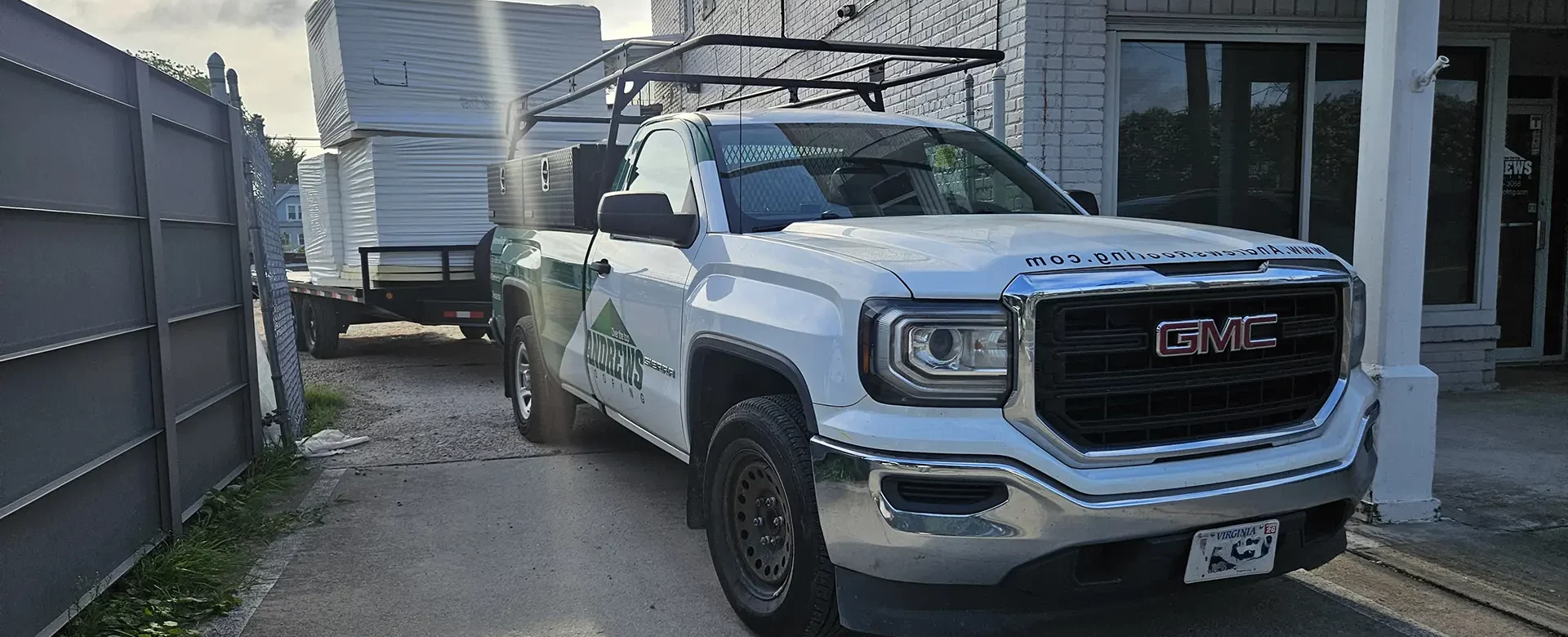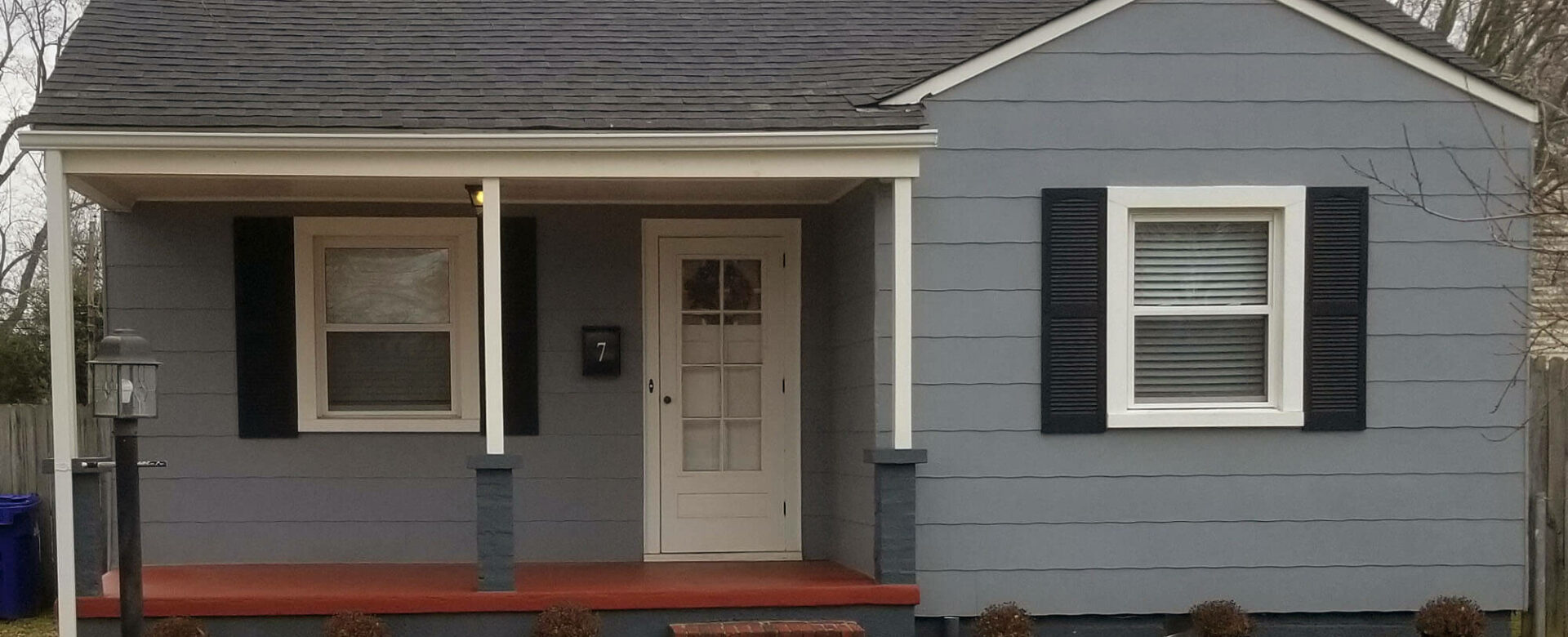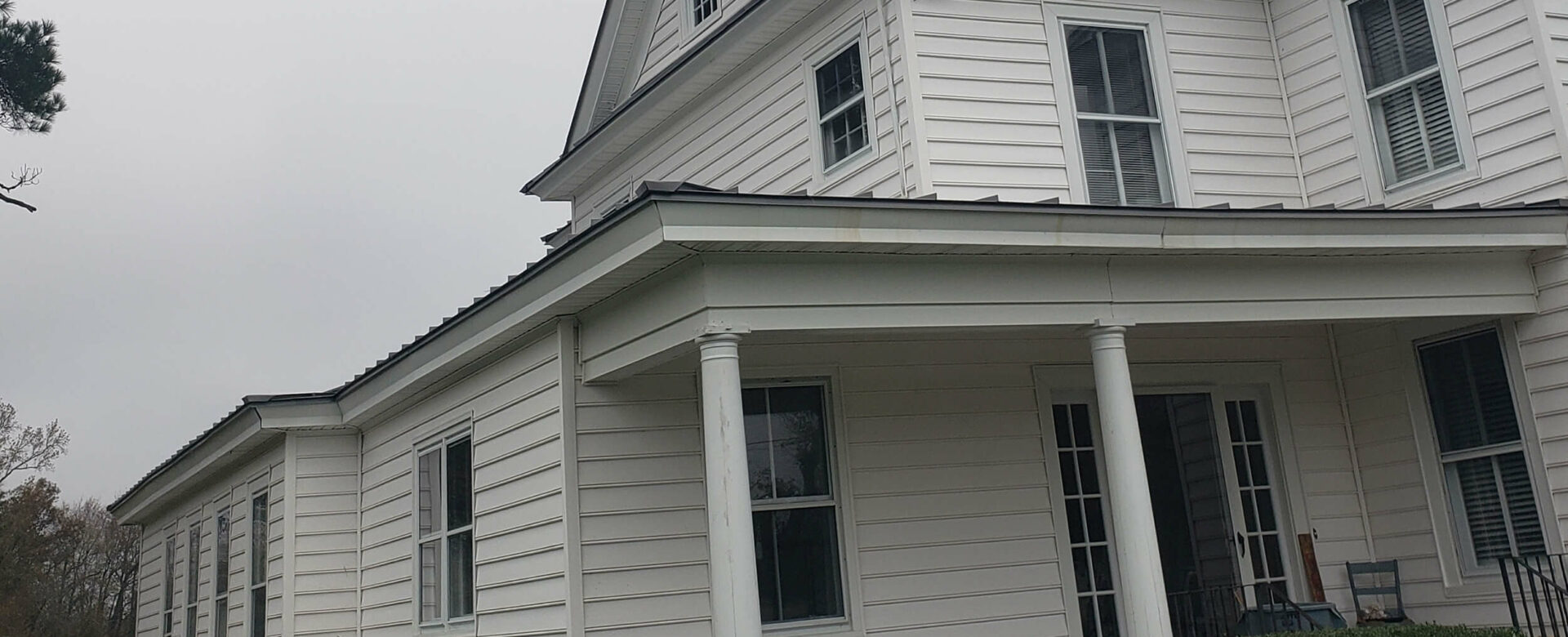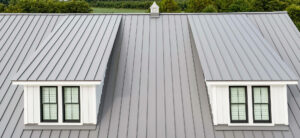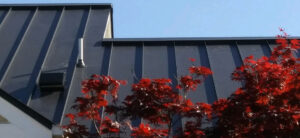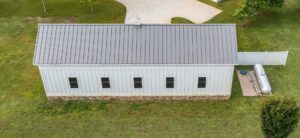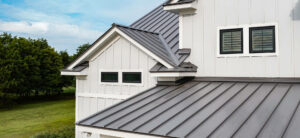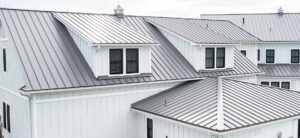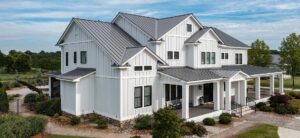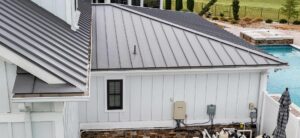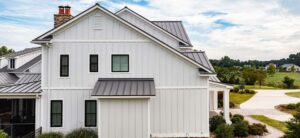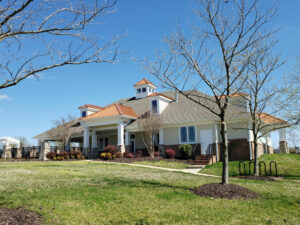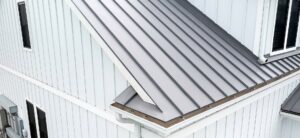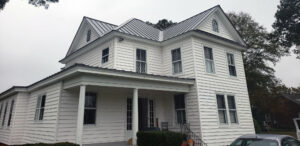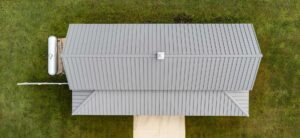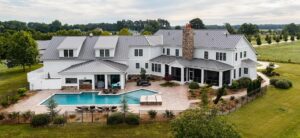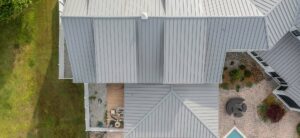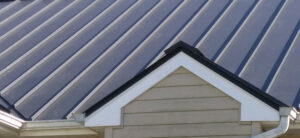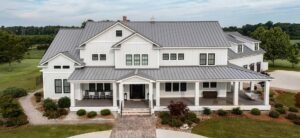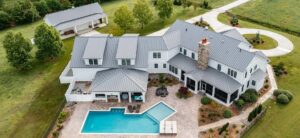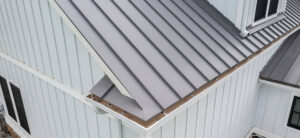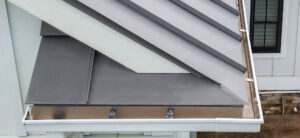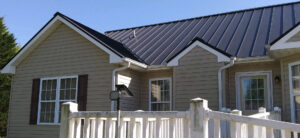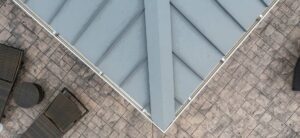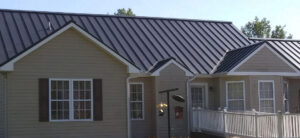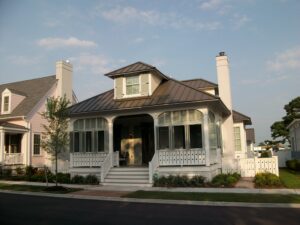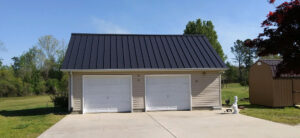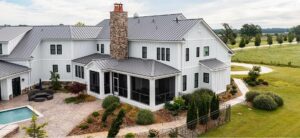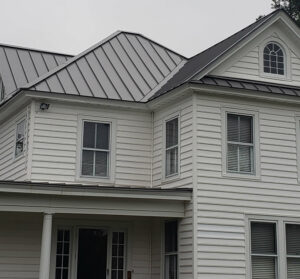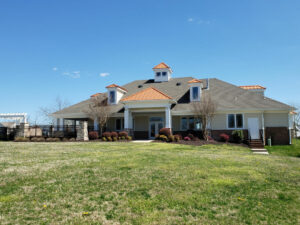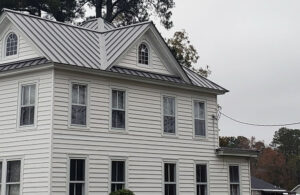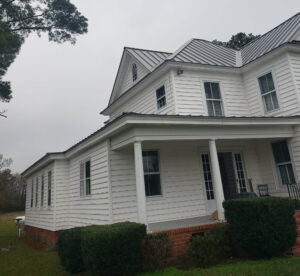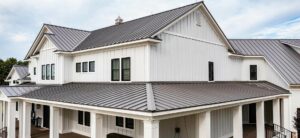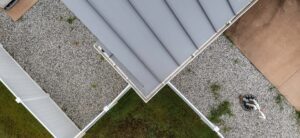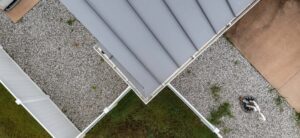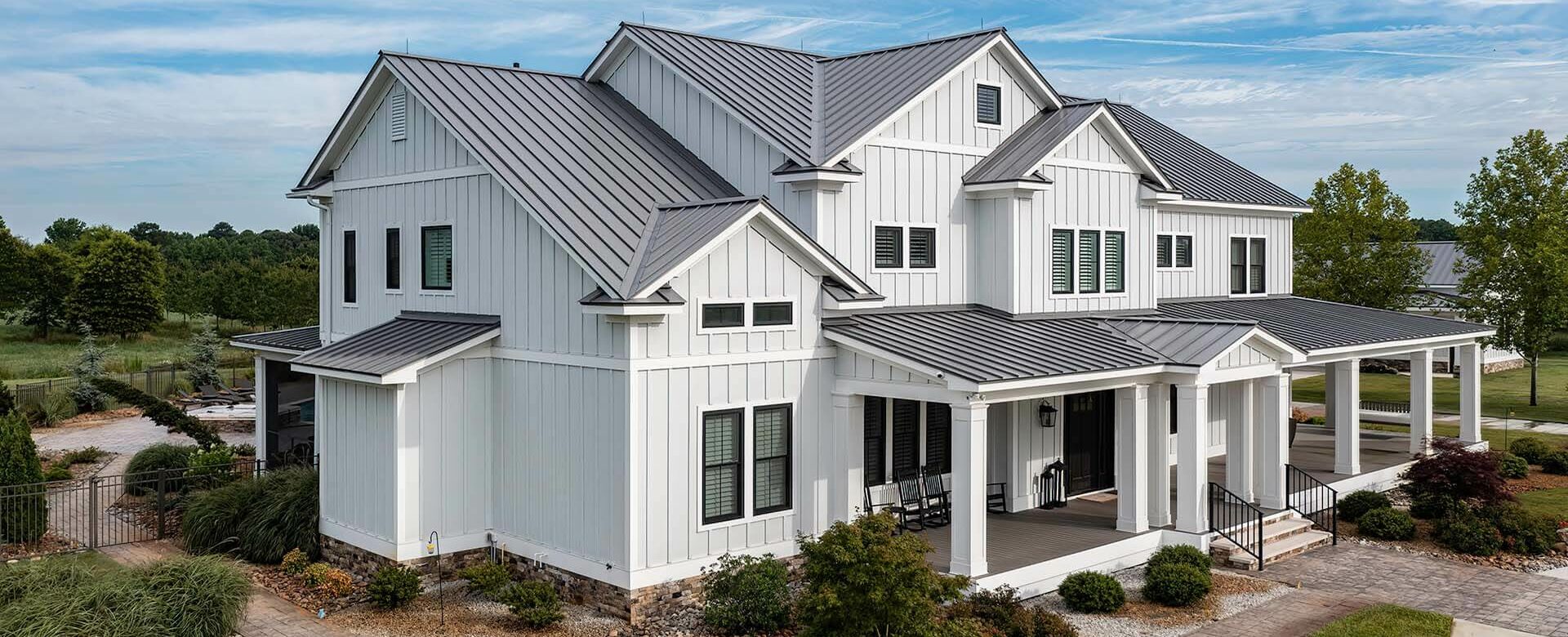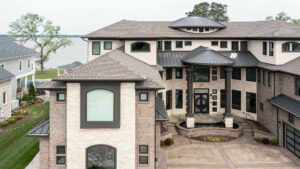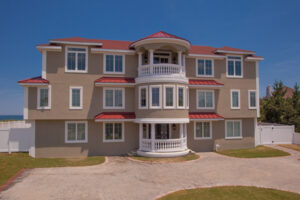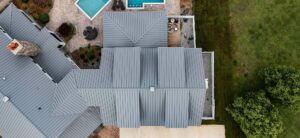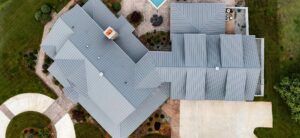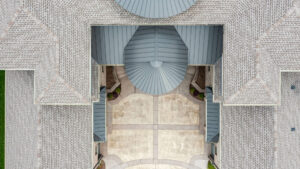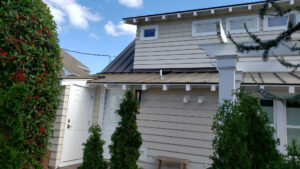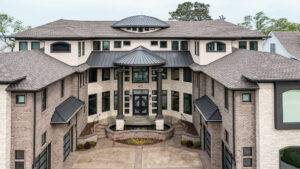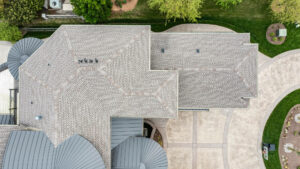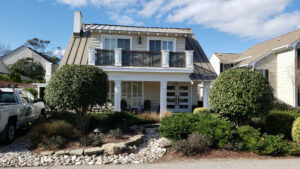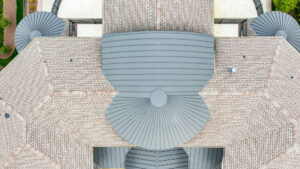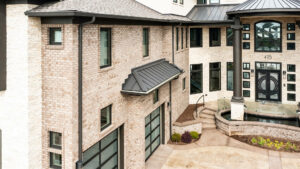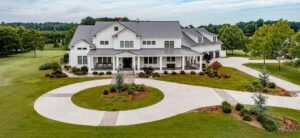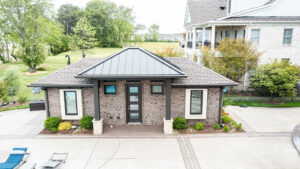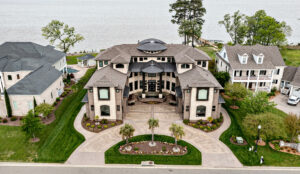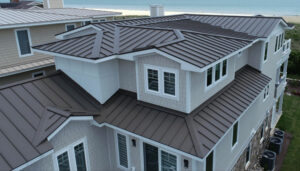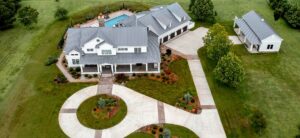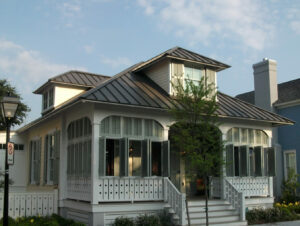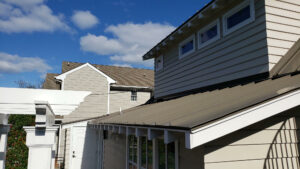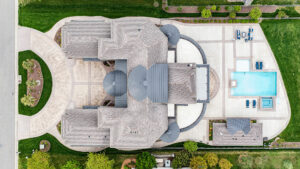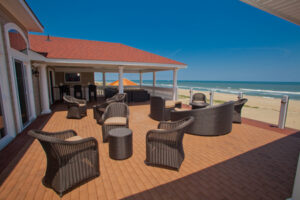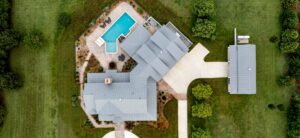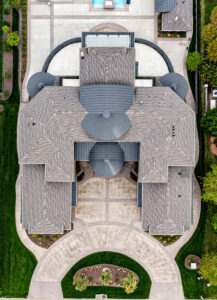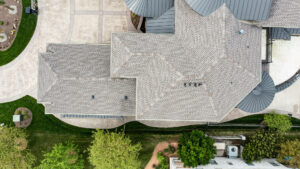At Andrews Roofing, we’ve been serving the Hampton Roads community for decades, so we’ve handled hundreds of roofing warranty claims and know exactly what to expect given our local climate and the standard coverage by most manufacturers.
Whether you’re considering architectural asphalt shingles, metal roofing, or innovative recycled Enviroshake products, understanding your warranty is crucial to protecting your investment. Here’s what you need to know.
Manufacturer vs. Workmanship Warranties
Most roofing materials come with a manufacturer’s warranty, which covers defects in the materials themselves. However, these warranties often require that the materials be installed by a certified and licensed roofing contractor to remain valid. If an unqualified installer handles your roof, you could lose your warranty protection altogether.
On the other hand, workmanship warranties are sometimes offered by the roofing company itself and cover errors in installation. These warranties can vary widely between contractors, so when getting a repair or roof replacement estimate, make sure you ask what is covered and for how long, and make sure you’re not talking to a fly-by-night company that’s here today, gone tomorrow.
Roofing Material-Specific Warranties
Different roofing materials come with different warranty terms, so when considering what type of material and which brand to go with, consider this information as well. An experienced estimator or sales associate at a professional roofing company should be able to explain the specific warranty details of any material they install.
- Architectural Asphalt Shingles: Offer enhanced durability and can come with warranties lasting 30 to 40 years, presuming they are installed by a certified roofer; however, coverage may be prorated over time.
- Metal Roofing: Generally comes with warranties ranging from 40 to 50 years, with some premium options offering lifetime coverage. But keep in mind that color and finish warranties may be different from the terms of the structural warranty. Our standard factory applied paint finish warranty for metal roofing is 30 years, but this could vary depending on your installer.
- Recycled Enviroshake Products: Often carry warranties of 50 years or more due to their eco-friendly, durable composition. Again, proper installation is key to ensuring full coverage.
The Role of Regular Maintenance
Even with a strong warranty, homeowners are typically responsible for regular maintenance to keep their roof in good condition. Neglecting maintenance, such as cleaning gutters, removing debris, and inspecting for minor damage, could void your warranty. Some warranties may also require periodic professional inspections to remain in effect.
What’s Not Covered
Many homeowners assume their warranty will cover any roof-related issue, but that’s often not the case. Most warranties do not cover:
- Damage from extreme weather, such as hurricanes, hail, or falling trees
- Improper installation by uncertified or unlicensed contractors
- Poor ventilation or structural issues related to the home’s design
Out-of-Pocket Costs for Repairs
If a defect is covered by the manufacturer’s warranty, the material cost may be included, but labor to replace the defective product is often not. Alternatively, workmanship warranties from your contractor may cover installation-related issues, but they typically don’t include material defects. Depending on your situation, homeowners may need to pay labor costs, disposal fees, and other expenses associated with a warranty claim. Be sure to ask about these costs up front before the repair or replacement begins. Any other items not covered under a warranty are often left to the homeowner to pay out of pocket unless the damage is substantial enough to pursue an insurance claim, which we are happy to advise on and assist our clients with when needed.
Andrews Roofing Can Help
A good roofing warranty can provide peace of mind, but it’s essential to read the fine print and work with a certified roofing contractor. At Andrews Roofing, we take pride in ensuring our customers in Hampton Roads get the best warranties available through proper installation and quality workmanship. If you have questions about roofing warranties or need an inspection, contact us today!
